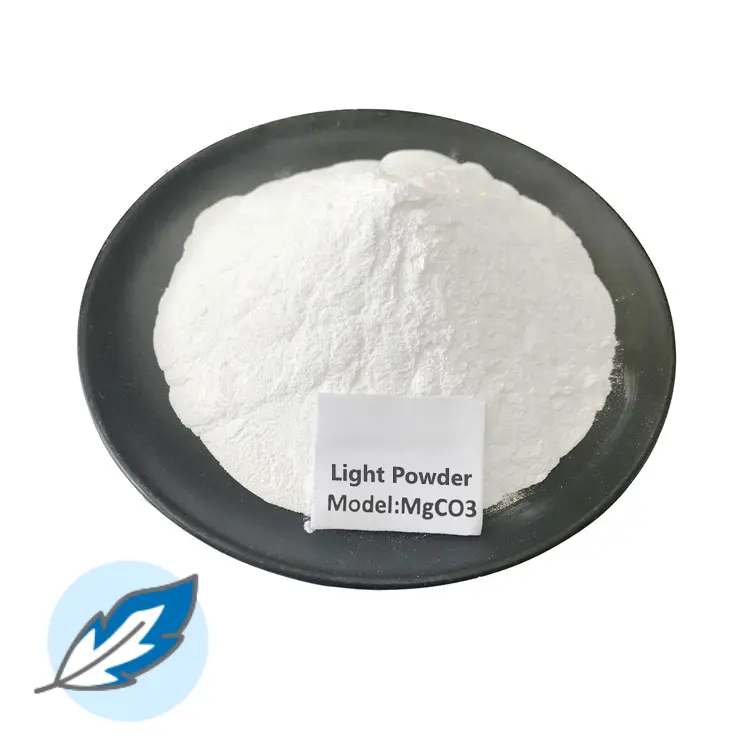RPB (Reactive Precipitation Method) is a common method for preparing fine chemicals and inorganic materials. It directly obtains the desired crystal morphology and structure by finely controlling the chemical reaction conditions. In the process of preparing magnesium carbonate trihydrate (MgCO₃·3H₂O) and magnesium oxide (MgO) whiskers, RPB technology can effectively control the morphology, purity and crystallinity of the products.
The research on the preparation of magnesium carbonate trihydrate (MgCO₃·3H₂O) and magnesium oxide (MgO) whiskers in RPB (reaction controlled precipitation method) involves multiple steps and factors, including raw material selection, reaction conditions, precipitation process and post-treatment. The following is the general framework and key points of the research:
1. Raw material selection
– Magnesium source: Commonly used magnesium sources include magnesium chloride (MgCl₂), magnesium sulfate (MgSO₄), etc.
– Carbonate source: Sodium bicarbonate (NaHCO₃) or sodium carbonate (Na₂CO₃) can be used as a precipitant.
2. Reaction conditions
– pH value: Adjusting the pH value of the reaction system has an important influence on the morphology and crystal structure of the precipitate. It is usually adjusted between pH 8-11.
– Temperature: The reaction temperature will also affect the formation and quality of the precipitate. The experiment is usually carried out between room temperature and 60°C.
3. Precipitation process
– Reaction time: The length of the reaction time directly affects the growth of whiskers. It is usually necessary to determine the optimal time through experiments.
– Stirring rate: The stirring rate will also affect the uniformity and crystal morphology of the precipitate.
4. Product characteristics
– Crystal morphology: Magnesium carbonate trihydrate is usually a flake or needle structure, and magnesium oxide can be obtained by high-temperature calcination of MGCO₃·3H₂O.
– Whisker growth: By adjusting the above conditions, the growth of magnesium oxide whiskers can be achieved. Studies have shown that increasing the reaction temperature and appropriately increasing the reaction concentration are conducive to the formation of whiskers.
5. Post-treatment
– Calcination process: Magnesium carbonate trihydrate can be converted into magnesium oxide by calcining at high temperature. The choice of calcination temperature and time will affect the structure and properties of magnesium oxide whiskers.
– Characterization methods: X-ray diffraction (XRD), scanning electron microscopy (SEM), transmission electron microscopy (TEM) and other techniques are used to characterize the products to study their structure and micromorphology.
6. Application prospects
– Materials science: The prepared magnesium oxide whiskers can be used to enhance the performance of composite materials.
– Environmental field: Magnesium carbonate trihydrate can be used as an adsorbent material or filler in environmental governance.
Conclusion
The preparation of magnesium carbonate trihydrate and magnesium oxide whiskers by RPB method is a promising research direction involving multiple fields such as chemical reactions, materials science and engineering. Future research can further explore the optimization of preparation conditions, improvement of reaction efficiency, and expansion of application areas.

